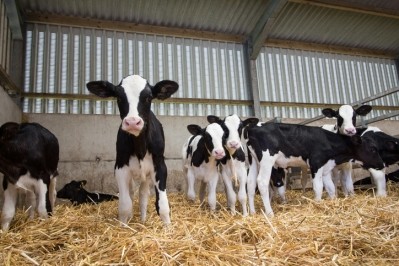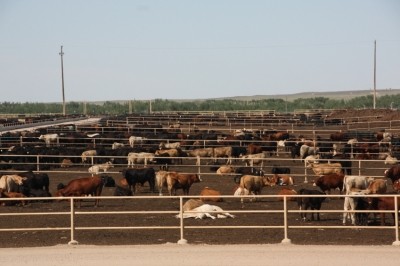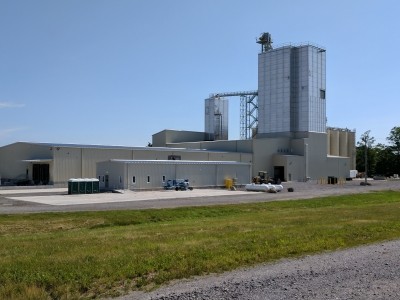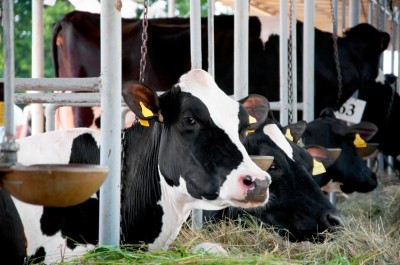Purina efforts boost production, storage at Iowa feed facility
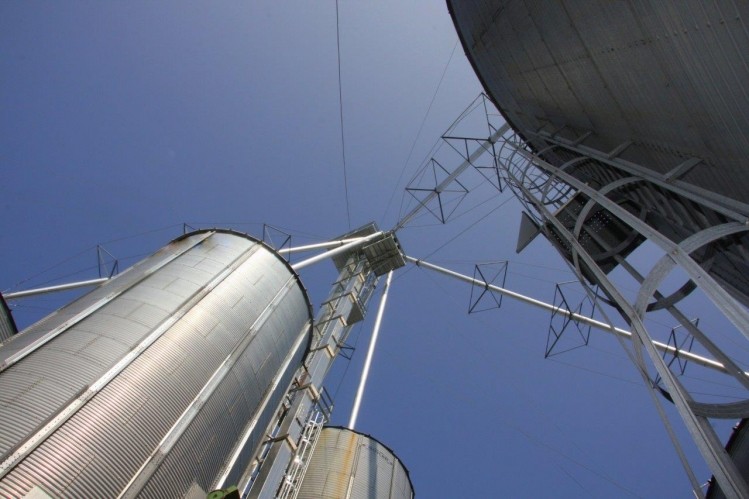
The enhancement of the Mason City-based facility were announced last week and are intended to increase the amount of locally manufactured feed available to producers and farmer-owned cooperatives in sections of Iowa and Minnesota, said the company.
The site makes 364 products including feed for swine, dairy cattle, beef cattle and poultry.
Work on the facility started in April and is set to be completed in the next few weeks, said Dan Moran, senior swine marketing manager at Purina Animal Nutrition.
“The Mason City plant renovation project is evidence of our commitment to bring new innovations to the area, especially in the young animal segment,” he told FeedNavigator. The plant is not expected to close during the renovation process.
“With the completion of the upgrade, the Mason City Purina Animal Nutrition feed facility will better be able to serve co-ops, dealers and producers in the northcentral and northeast Iowa and southeast Minnesota area,” he said. “The changes that will support the increased availability of feed include more on-hand feed storage and more efficient scaling and loading in the new bulk loadout facility.”
Project details
The plant has been in operations since about 1956, and was selected for expansion because there are a large amount of dairy and pork production facilities in the area, said Moran. “We want to grow proactively to meet the needs of our customers,” he added.
The changes are set to ensure that the feed facility will be able to feed requests from producers in portions of Iowa and Minnesota, he said. The plant’s production of young animal feed is expected to grow by 25% when the project is finished.
One portion of the upgrades includes adding additional storage facilities, he said. Other changes include revamping the feed pelleting system, as about 60% of the plant’s output is pelleted.
“The added storage for finished feed means select feeds will be more readily available to co-ops, dealers and producers in the area,” said Moran. “Some commonly fed feeds will be on-hand at the mill for pick-up; in the past, customers sometimes had to wait 48-72 hours to get orders fulfilled because of storage challenges.”
The feed manufacturing system will be faster and reduce the time involved in the pelleting process, he said.
“The plant increased its pelleting capacity and efficiency by adding more horsepower, which will decrease pelleting time and enhance the consistency of pellet quality,” he said.
The feed grains used in manufacture at the plant including corn, dried distiller grains with solubles and soybean meal are all procured from the surrounding area, he said. Some minerals used are also from the region.
Additionally, new staff members are set to be added at the location, said the company. A specialist in dairy calf and heifers and one focused on young swine have been placed there.
